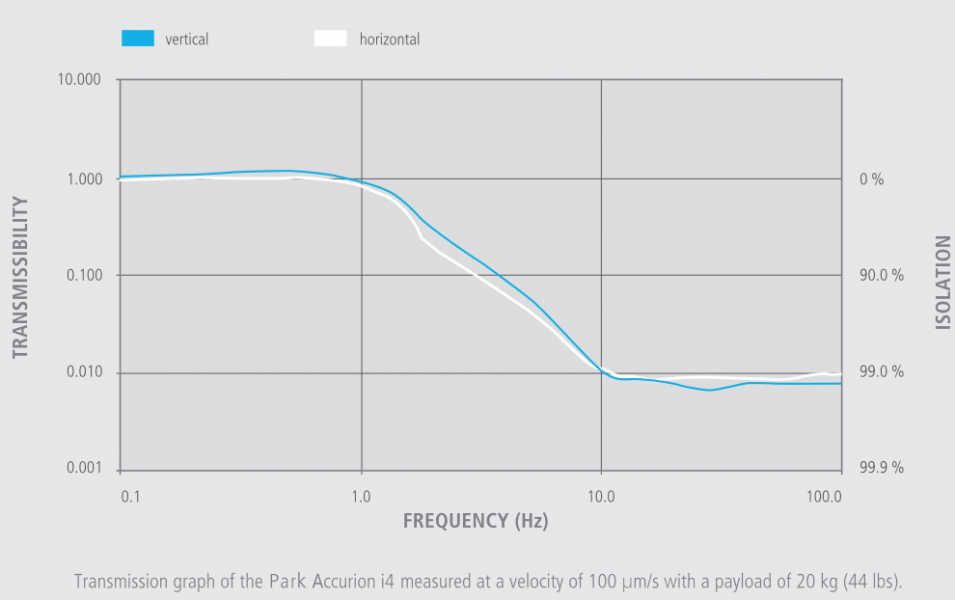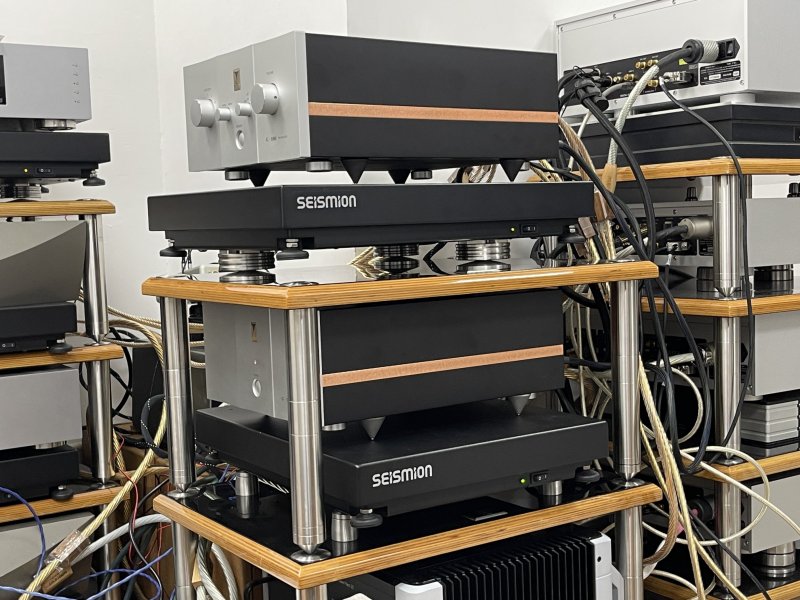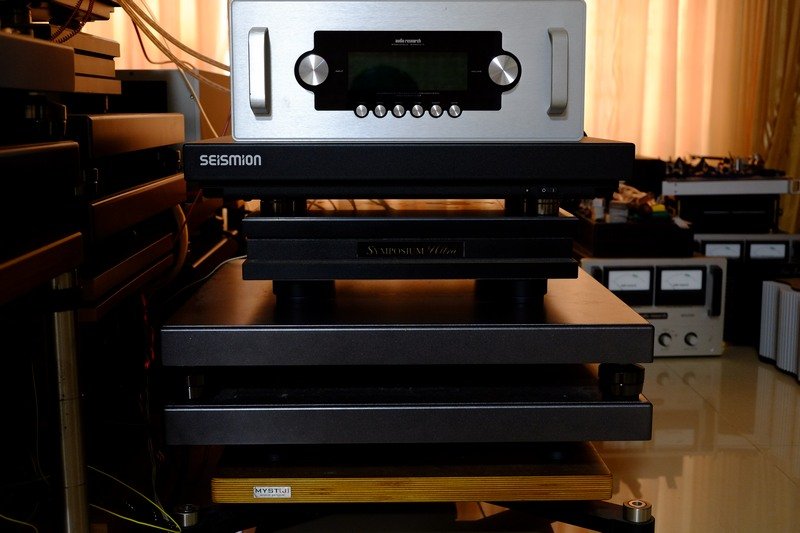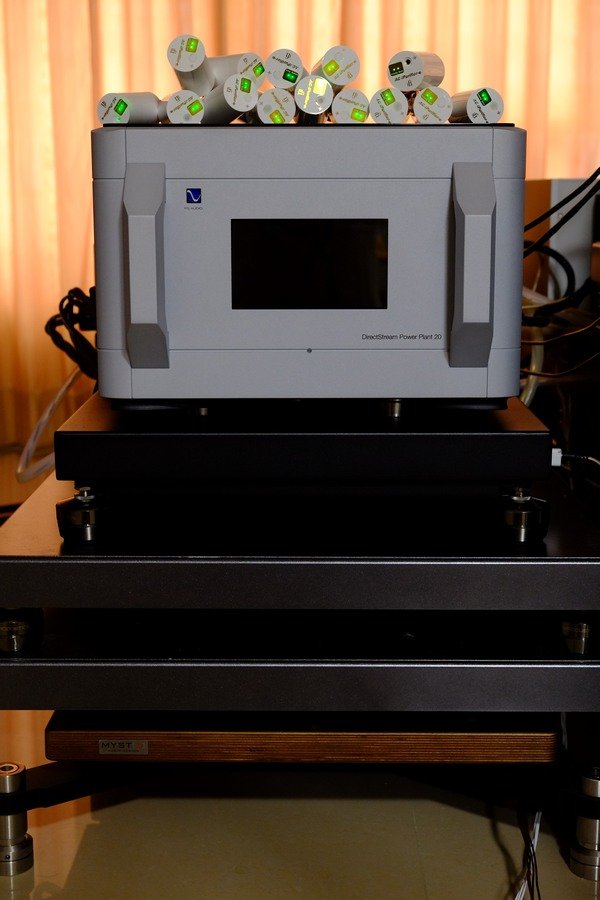Thanks Marcus, this flexibility is appreciated!
Do you also think about offering more than 2 size options?
Some platforms like the Accurion Silencer have an LED indication of active compensating operation and (non)operation out of optimal range. From this thread I got, that you currently just offer the latter. Any LED, especially when often flashing, can be annoying, but if so, it’s also easy to cover it or, it could be designed by the manufacturer, so that it can be switched off. I think an optional display of the grade of compensating operation with a simple LED (no screen) would be interesting and shouldn’t stretch the budget too much. Am I wrong?
It would also be very interesting to know about differences of your product compared to concrete other main competitors (aware that this would just be your point of view).
And how does coupling of the equipment to the platform influence the quality of operation? I suspect, the harder the better but which direction should e.g. spikes have?
I guess you’re used to the fact that folks who think about such products tend to go a bit into detail ;-) But no problem to contact you directly for detail questions in case you prefer.
In fact, our Reactio plus does not feature an indication if the load adjustment is in the optimal range or not. However, there is only the two conditions a) top-plate is free to vibrate and b) top-plate is clamped and not able to move. It can easily be identified by touching the top-plate with the hands. Once it is free, it is not really important to have it precisely levelled, as long as there is some gap up and downwards then it is enough.
An optional display, and other features is on our list for a new generation of Reactio isolators. For now, the main focus is on a perfect isolation performance.
And answering your questions about the comparison of other competitors: we (and actually also our industrial customers) performed measurements under the same conditions, which proved that our isolators have a better low-frequency isolation (which is the most difficult one to achieve) in realistic operation. Beside that, our isolators offer a much lower noise level, which is essential for a perfect isolation result.
For example Accurion (now belonging to Park Systems) publish the following performance curve on their website (i4 product flyer, page 5):

I want to focus on the text below, which states the graph was measured at a velocity of 100 µm/s. This basically means they placed it on a shaker with a controlled, large excitation while performing the measurement.
One can easily understand that this is not the typical environment where the isolator is used. Normally, already the floor or base structure, where the isolator is placed on should be as vibration free as possible.
Surely, Accurion did this on purpose. My educated guess would be, that they don't achieve the same performance with low excitation, since they are limited by their noise floor.
We at Seismion measure our isolators by a pure floor excitation, which in our lab is about 100 times smaller than 100 µm/s. And still, we achieve the same isolation performance as with larger excitation. Audiophile clients with the highest demands for perfect music reproduction typically already take care of a noise- and vibration-free environment. Here is where our Reactio really shines and brings it to a new level.
Concerning coupling with the devices on top: yes, typically it should be a hard and direct connection to the isolator. You can consider every soft connection above the isolator as another (passive) isolation stage, which means the Reactio does not have a direct intervention on it anymore. This would be especially important for devices like turntables, which generate some vibrations on their own.






